Reading the paper on Nov. 9, 1944.
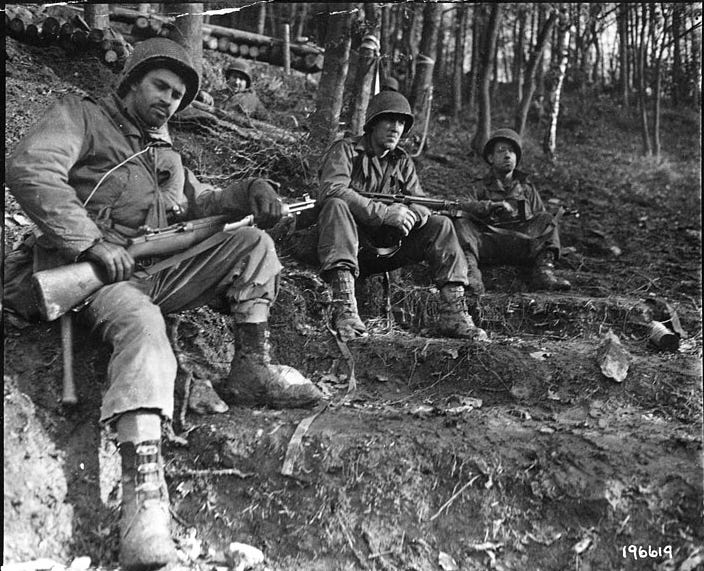

American infantry battled German infantry and tanks in ‘savage and inconclusive fighting’ in the fifty-four-square-mile Hürtgen Forest, which straddles the border of Belgium and Germany.

Across eastern France, the cold, torrential rain of the past ten days is expected to continue, further hindering the work of Allied aircraft and the advance of heavy trucks, tanks and artillery.
US Army troops advanced several miles through waist-deep mud in the Lorraine region, liberating a dozen towns and villages in house-to-house fighting.
US fighter pilots returning from missions over northern Germany emerged from their aircraft with ice on their flight jackets, as bitter cold air covers the region.

Speculation on Hitler’s health grew with his failure, for the first time, to celebrate the anniversary of the 1923 Munich beer hall putsch, a failed coup which brought Hitler international attention.
Hitler’s intention to address Germany on the radio had been advertised in advance, but at the appointed hour, Hitler was a ‘no-show,’ fueling speculation.
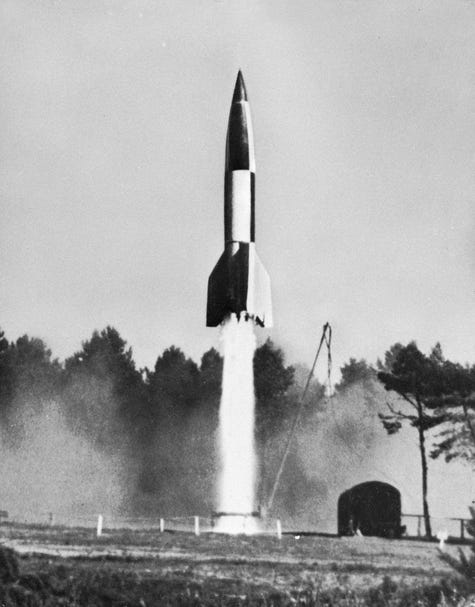
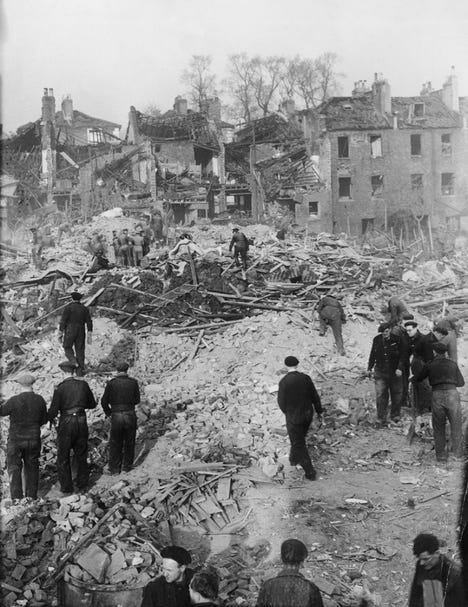
Germany’s new V-2 rocket, a flying bomb which flies faster than the speed of sound, has been bombarding London in the past several weeks.
The rocket detonates on impact before its intended victims can hear its approach.
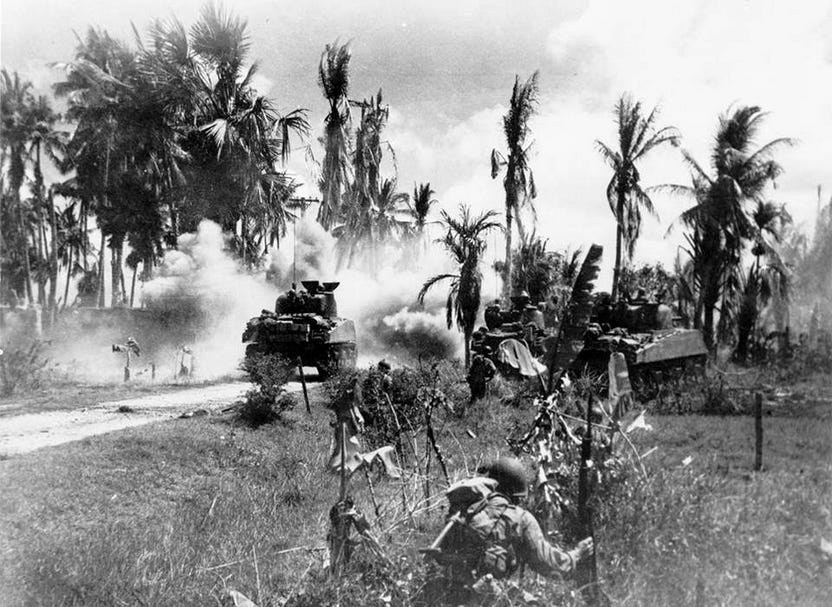
A tropical storm has slowed Gen. MacArthur’s assault on remaining Japanese positions in the Philippines.
The New York Times reports that “roofs are coming off some houses and large bits of coconut trees are flying about.”
But, despite the weather, Filipino guerillas continued to harass Japanese positions in the mountains, hampering their freedom of movement.

Hap Arnold, the commanding general of the US Army Air Forces, told a Detroit audience that the time is soon coming when Japan can expect daily visits by thousands of Allied bombers ‘bringing death and destruction on a scale which will make life hardly worth living.’
Tokyo radio has reported spotting several Allied reconnaissance flights over Japan recently.
The Japanese government has begun ordering civilian evacuations from major cities and has warned that an Allied victory in the Pacific will result in the enslavement of the Japanese people.
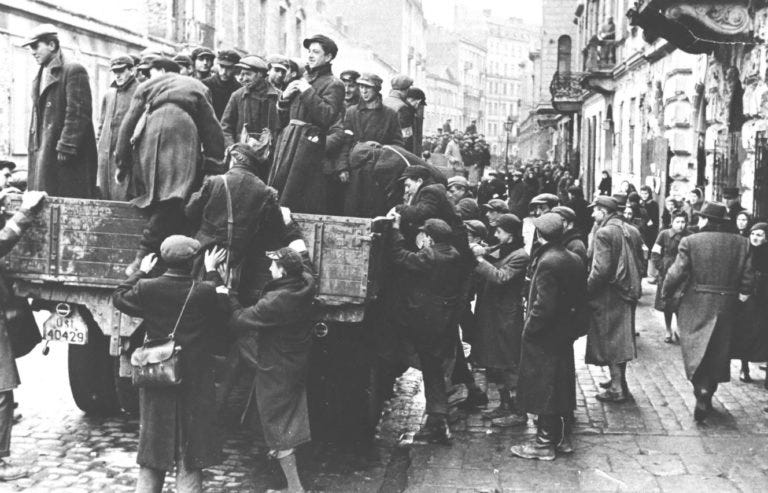
The resistance radio in Poland reports than Nazi occupation authorities have deported more than one million people from Warsaw and no Polish people remain there.
All Polish men under age fifty and women under age forty have been sent to Germany.
All others have been sent to various camps in Poland.
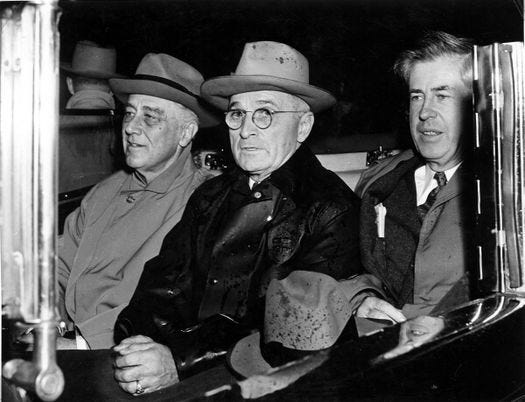
FDR defeated New York Governor Thomas Dewey in Tuesday’s general election, but his popular vote margin was the smallest of his four presidential campaigns.
The US election was the first to be held in a time of war since the election of 1864.
FDR said the election ‘showed the world that democracy is a living, vital force and that conscience, and not force, is the source of power in the government of man.’
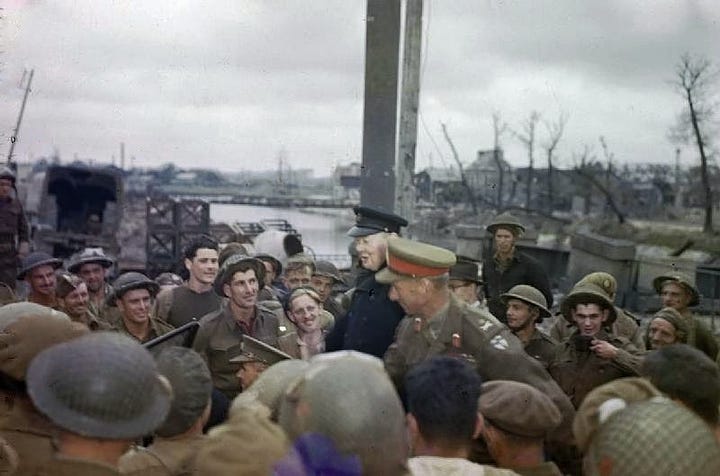
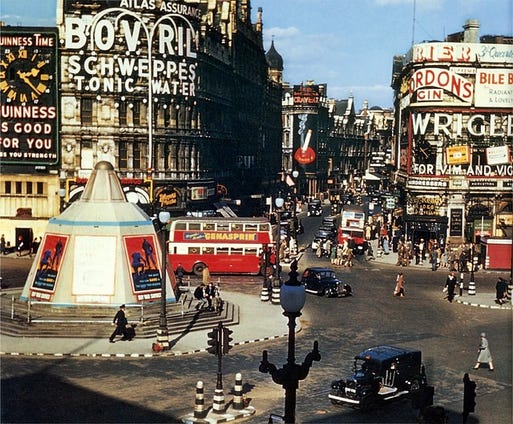
British newspapers dropped their silence on the US presidential election, declaring they had been for Roosevelt all along.
With Democratic control of the Congress continuing, the papers noted that Roosevelt will have the ability to make decisions for the postwar peace that his predecessor, Woodrow Wilson, the architect of the League of Nations, lacked at the end of the First World War.

Neutral representatives of the YMCA who visited American POWs in a German prison camp report that imprisoned officers there organized a beauty pageant recently.
The POWs entered their ‘contestants’ into the pageant by submitting photos of their wives and girlfriends back home.
Nancy Reid of Evanston, Illinois, whose photo was entered into competition by Lt. John Glendinning of New York City, was named the pageant winner.
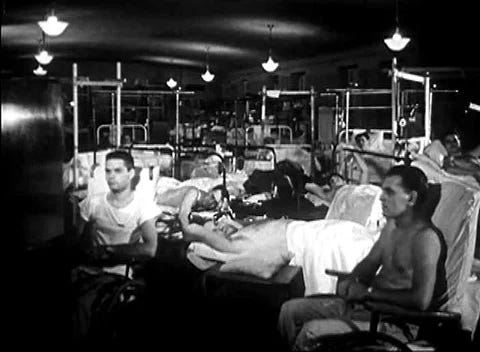
The Red Cross has called for four hundred women between the ages of twenty-one and forty-five to work as volunteer dietary aids in Halloran Hospital, the US military’s debarkation hospital on Staten Island.
Duties include preparing meal trays and feeding any patients needing help.
The 1,500-bed hospital serves as the primary receiving hospital for overseas wounded, providing initial care and assessment of injuries before transferring patients to specialty hospitals elsewhere in the country.
A POW camp housing German prisoners provides manual labor in support of the hospital’s work.
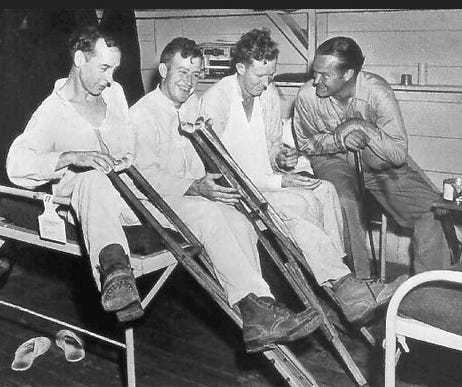

And finally…
Paramount Studios has announced the suspension of radio and film star Bob Hope for his refusal to work in a third movie this year.
Hope has said he has completed two films so far in 1944 and has no desire to do any more film work this year, regardless of his contractual obligations.
During this year, Hope has traveled hundreds of thousands of miles to entertain troops across the globe.
No good deed goes unpunished.
******************************
I’ll see you on Monday.
— Brenda



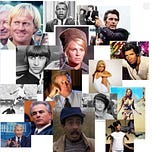








Share this post